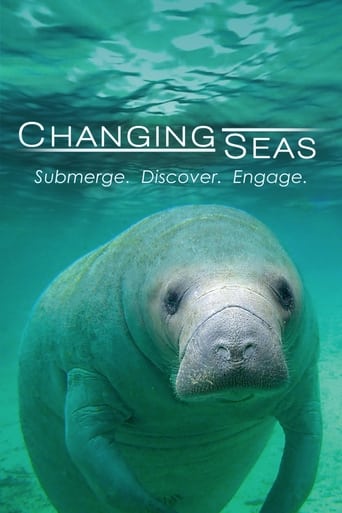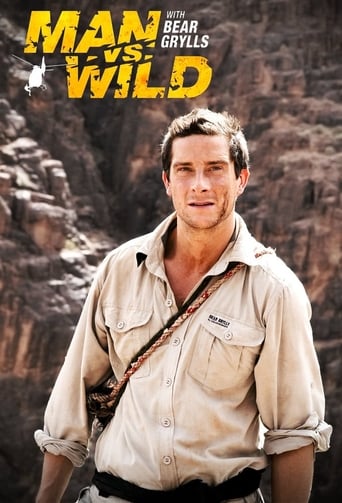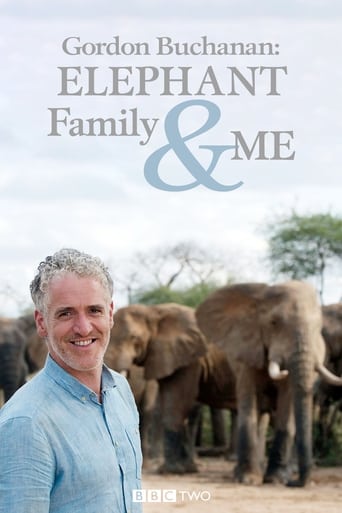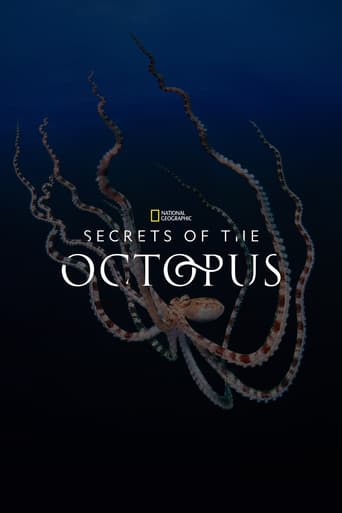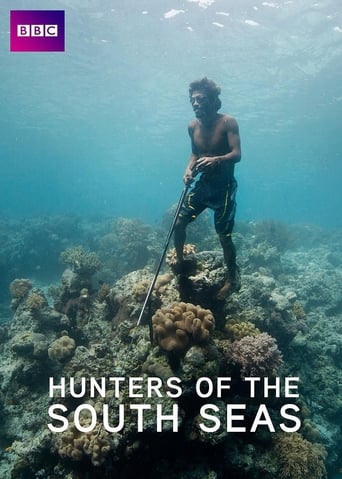Changing Seas Season 3
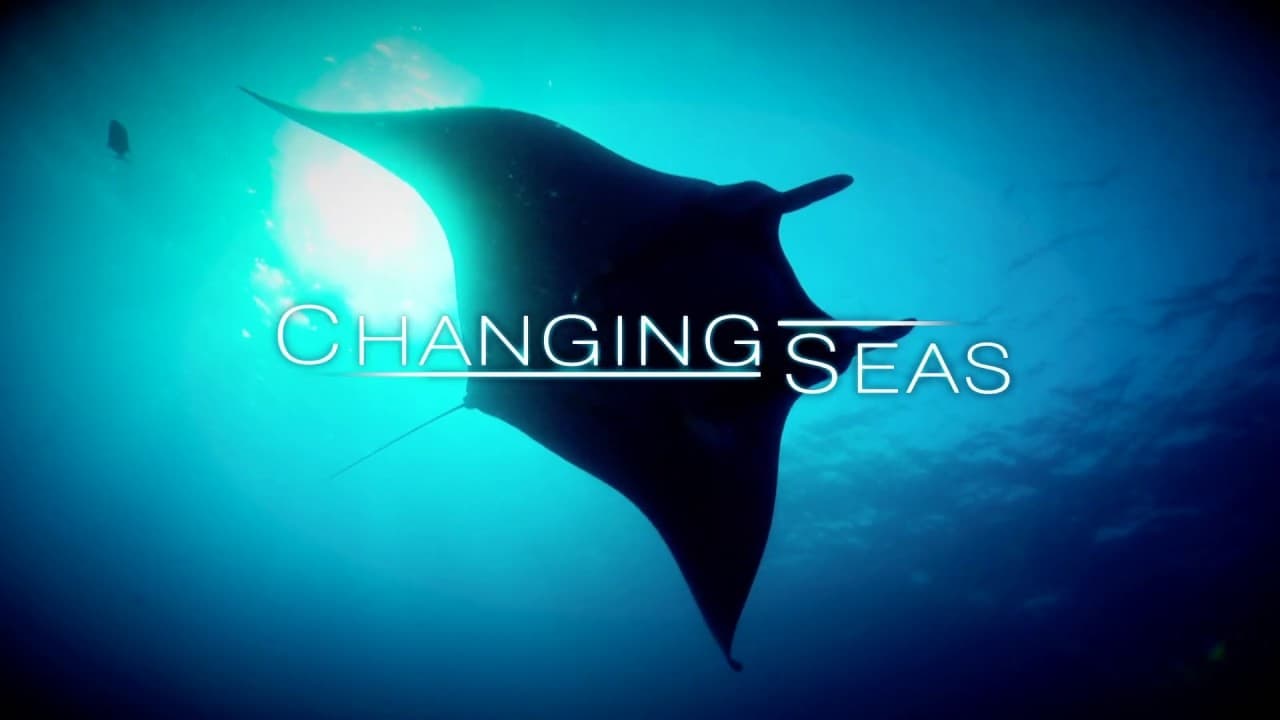
Produced by South Florida PBS in Miami, Florida, Changing Seas gives viewers a fish-eye view of life in the deep blue. Join scientists as they study earth’s last frontier and discover the mysteries of our liquid planet.
Watch NowWith 30 Day Free Trial!
Changing Seas
2009 / TV-G
Produced by South Florida PBS in Miami, Florida, Changing Seas gives viewers a fish-eye view of life in the deep blue. Join scientists as they study earth’s last frontier and discover the mysteries of our liquid planet.
Watch Trailer
With 30 Day Free Trial!
Changing Seas Season 3 Full Episode Guide
The catastrophic oil spill in the Gulf of Mexico in April 2010 may no longer make headline news, but the story is far from over. Oceanographers continue to study the long-term effects this disaster might have on marine ecosystems. Among them are the scientists from the College of Marine Science at the University of South Florida, who have been studying the impacts of this spill from the beginning. Experts are analyzing water and sediment samples for hydrocarbon presence and toxicity and are studying the long-term effects the spill might have on a number of marine species. What impacts will low-level, chronic toxicity from oil and dispersants have on the environment? How long until the true extent of this disaster will be known?
The oceans are part of America's newest medical frontier. In Florida, scientists are studying a variety of marine invertebrates which may hold the key to unlocking the secrets of our own biology. At Harbor Branch Oceanographic Institute in Fort Pierce, researchers are testing sea sponges for their potential anti-cancer properties. At The Whitney Laboratory for Marine Bioscience in Marineland, experts are taking a closer look at horseshoe crabs to better understand how eyes function and change with age. Scientists there are also studying sea slugs for insights into neurodegenerative disorders such as Alzheimer's and Parkinson's disease. What clues will these and other simple organisms reveal about the human body? Are there cures that lie beneath the waves?
In the emerging science of coral reef restoration, marine biologists and resource managers are discovering naturally occurring mechanisms that promote coral growth and restore ecological balance in these gardens of the sea. Since the late 1970s close to 98% of Staghorn and Elkhorn corals have disappeared from reefs in Florida and the Caribbean. Around the world, damage from boat groundings and other factors have placed these organisms on the "threatened" list of the Endangered Species Act. Staghorn and Elkhorn are considered principal reef building corals. In South Florida, scientists are using native sponges and spiny sea urchins in novel ways that may help attract corals to damaged sites. Can nature heal itself with a little help from marine experts? Can new technologies help restore the lost coral communities?
In the waters of the western Atlantic and Caribbean, a voracious alien predator has taken hold. Native to the Indo-Pacific, the invasive lionfish is a major threat to biodiversity.
Free Trial Channels
Seasons


